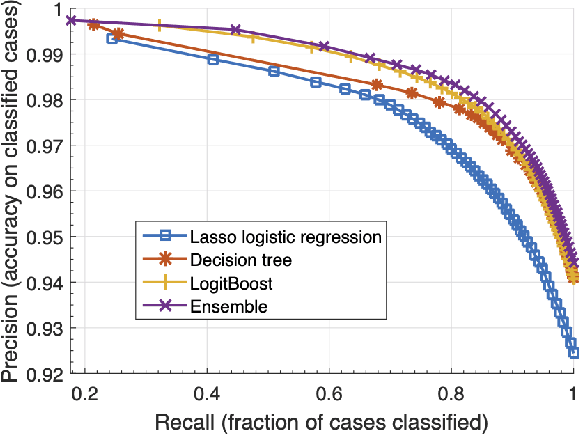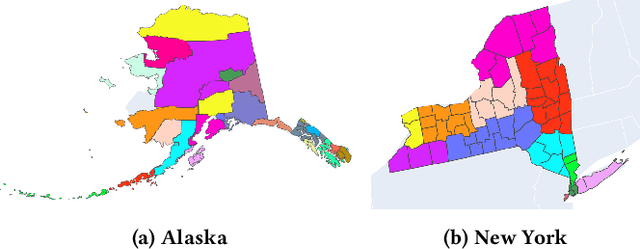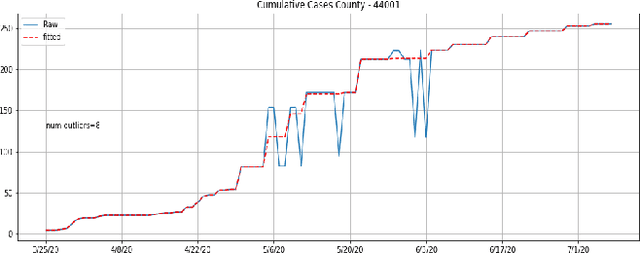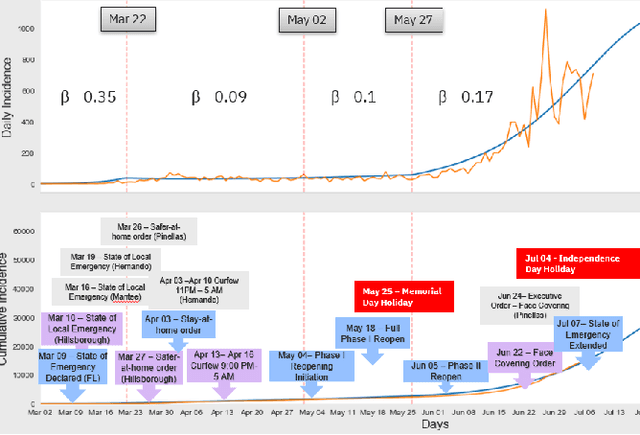Ajay Deshpande
Learning to shortcut and shortlist order fulfillment deciding
Oct 04, 2021



Abstract:With the increase of order fulfillment options and business objectives taken into consideration in the deciding process, order fulfillment deciding is becoming more and more complex. For example, with the advent of ship from store retailers now have many more fulfillment nodes to consider, and it is now common to take into account many and varied business goals in making fulfillment decisions. With increasing complexity, efficiency of the deciding process can become a real concern. Finding the optimal fulfillment assignments among all possible ones may be too costly to do for every order especially during peak times. In this work, we explore the possibility of exploiting regularity in the fulfillment decision process to reduce the burden on the deciding system. By using data mining we aim to find patterns in past fulfillment decisions that can be used to efficiently predict most likely assignments for future decisions. Essentially, those assignments that can be predicted with high confidence can be used to shortcut, or bypass, the expensive deciding process, or else a set of most likely assignments can be used for shortlisting -- sending a much smaller set of candidates for consideration by the fulfillment deciding system.
Adaptive Epidemic Forecasting and Community Risk Evaluation of COVID-19
Jun 03, 2021



Abstract:Pandemic control measures like lock-down, restrictions on restaurants and gatherings, social-distancing have shown to be effective in curtailing the spread of COVID-19. However, their sustained enforcement has negative economic effects. To craft strategies and policies that reduce the hardship on the people and the economy while being effective against the pandemic, authorities need to understand the disease dynamics at the right geo-spatial granularity. Considering factors like the hospitals' ability to handle the fluctuating demands, evaluating various reopening scenarios, and accurate forecasting of cases are vital to decision making. Towards this end, we present a flexible end-to-end solution that seamlessly integrates public health data with tertiary client data to accurately estimate the risk of reopening a community. At its core lies a state-of-the-art prediction model that auto-captures changing trends in transmission and mobility. Benchmarking against various published baselines confirm the superiority of our forecasting algorithm. Combined with the ability to extend to multiple client-specific requirements and perform deductive reasoning through counter-factual analysis, this solution provides actionable insights to multiple client domains ranging from government to educational institutions, hospitals, and commercial establishments.
Machine learning based co-creative design framework
Jan 23, 2020



Abstract:We propose a flexible, co-creative framework bringing together multiple machine learning techniques to assist human users to efficiently produce effective creative designs. We demonstrate its potential with a perfume bottle design case study, including human evaluation and quantitative and qualitative analyses.
 Add to Chrome
Add to Chrome Add to Firefox
Add to Firefox Add to Edge
Add to Edge